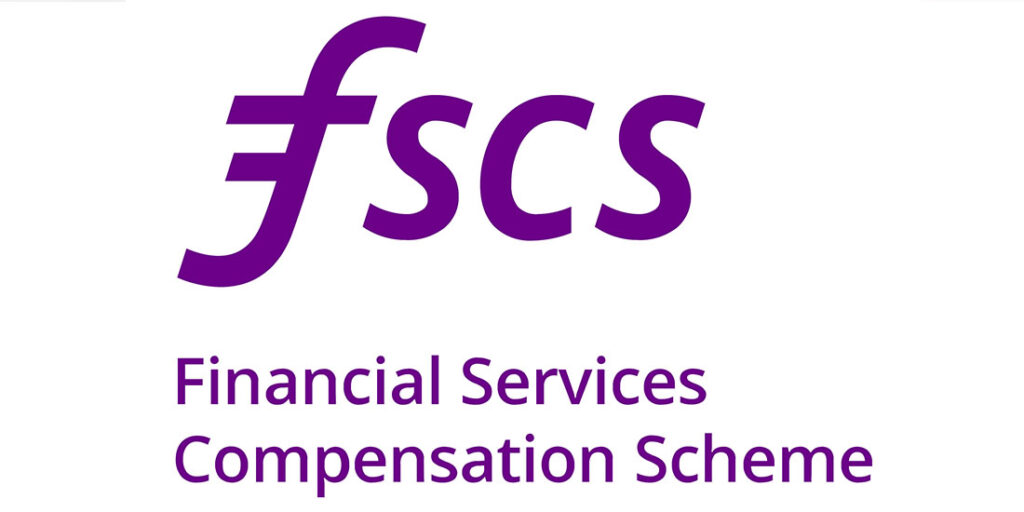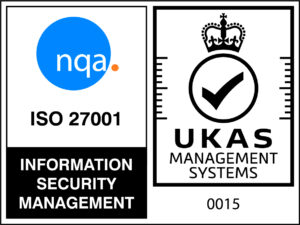
3 Reasons Why You Should Consider Alternative Property Investments for 2018
Buy-to-let has traditionally been one of the most popular ways to invest in property, and can offer high returns. However, a number of significant changes to landlords’ financial and maintenance responsibilities are due to come into effect this year, some of which are likely to make buy-to-let a less attractive investment.
If you already own rental property, or were considering it for your next investment, here are 3 things you need to be aware of:
1.) Landlords are losing buy-to-let mortgage tax relief
Until April 2017, landlords could deduct interest payments against rental income thus reducing their tax bills.
ht
However, from April 2017, this relief is being gradually phased out in favour of a 20% tax credit against the interest element of the mortgage:
From April 2017, landlords can claim 75% of mortgage tax relief.
From April 2018, landlords can claim 50% mortgage tax relief
From April 2019 landlords can claim 25% mortgage tax relief
From April 2020 onwards, landlords can claim 0% mortgage tax relief and will instead receive a 20% tax credit for mortgage interest
2.) The Tenant Fees Bill will protect tenants from paying referencing or renewal costs
A first draft of the Tenant Fees Bill was submitted to Parliament in November 2017, with the intention to ensure that tenants ‘should no longer be hit by surprise fees they may struggle to afford and should only be required to pay their rent alongside a refundable deposit’.
In practice, the bill will mean that landlords and letting agents have sole responsibility for covering the cost of referencing and renewing a tenancy etc. It will also introduce a deposit cap and a £5,000 fine for those in breach.
3.) It will soon be illegal to let properties that don’t meet minimum energy efficiency standards
As of April 2018, landlords will no longer be allowed to let properties with an F or G-rated energy performance certificate. Those found doing so will face up to £4,000 in civil penalties. This year, the rules will only apply to new tenancies but will extend to cover existing tenancies in April 2020.
![]()
Are there simpler ways to invest, without all the hassle?
Peer-to-Peer Investing
Peer-to-peer investing, sometimes called p2p lending, brings borrowers and lenders together to secure funds for a variety of projects. For Kuflink investors, all opportunities are backed by UK-property loans and underwritten according to our strict lending criteria. Investors can earn up to 7.2% interest pa gross* and get started from just £100. Kuflink co-invests up to 20% in every opportunity and, what’s more, our investors have never lost a penny!
Innovative Finance ISAs
The UK Government launched the Innovative Finance ISA (IF-ISA) in 2016, offering investors the chance to use their annual tax-free savings allowance to invest in peer-to-peer lending. As a HMRC-approved ISA manager, Kuflink offers flexible term, property-backed IF-ISAs with returns of up to 5.35% interest pa!** To find out more about what we have available and how an IF-ISA could make your money work harder for you, check out our blog post on why 2018 is the year of the IF-ISA.
Find out more about alternative ways to invest in UK property with Kuflink
*Capital is at risk. Rate correct as of 31/01/18. Past performance is not necessarily a guide to future returns. Independent financial advice is recommended.
**Capital is at risk. Rate based on a 5-year fixed-term investment.













